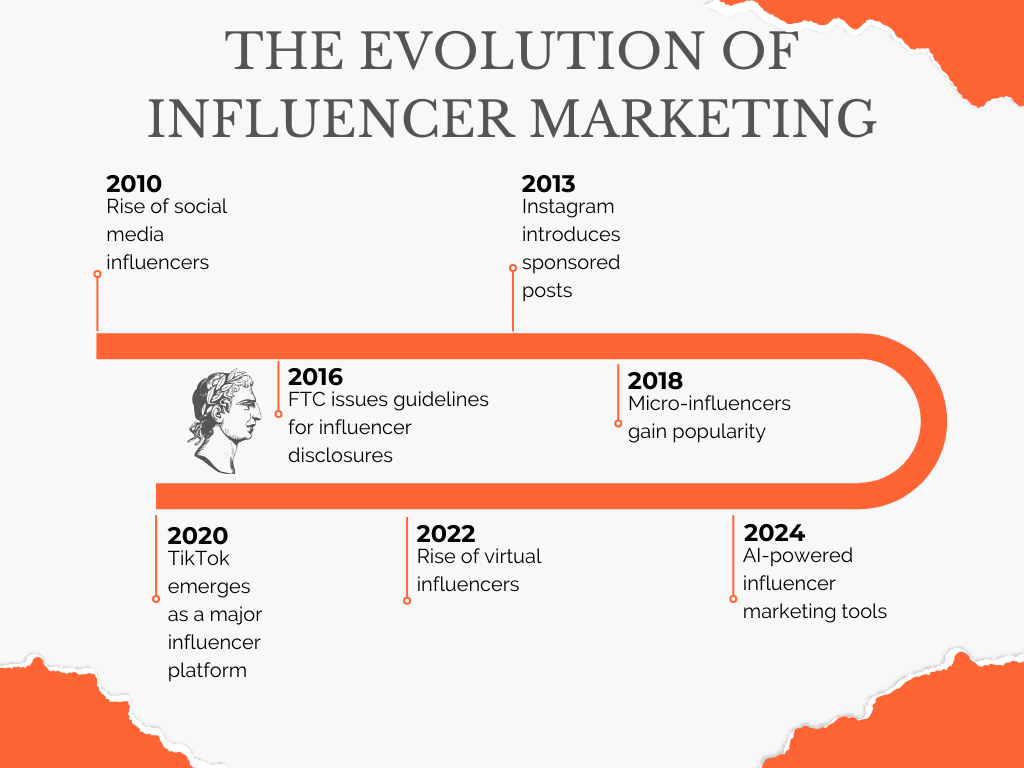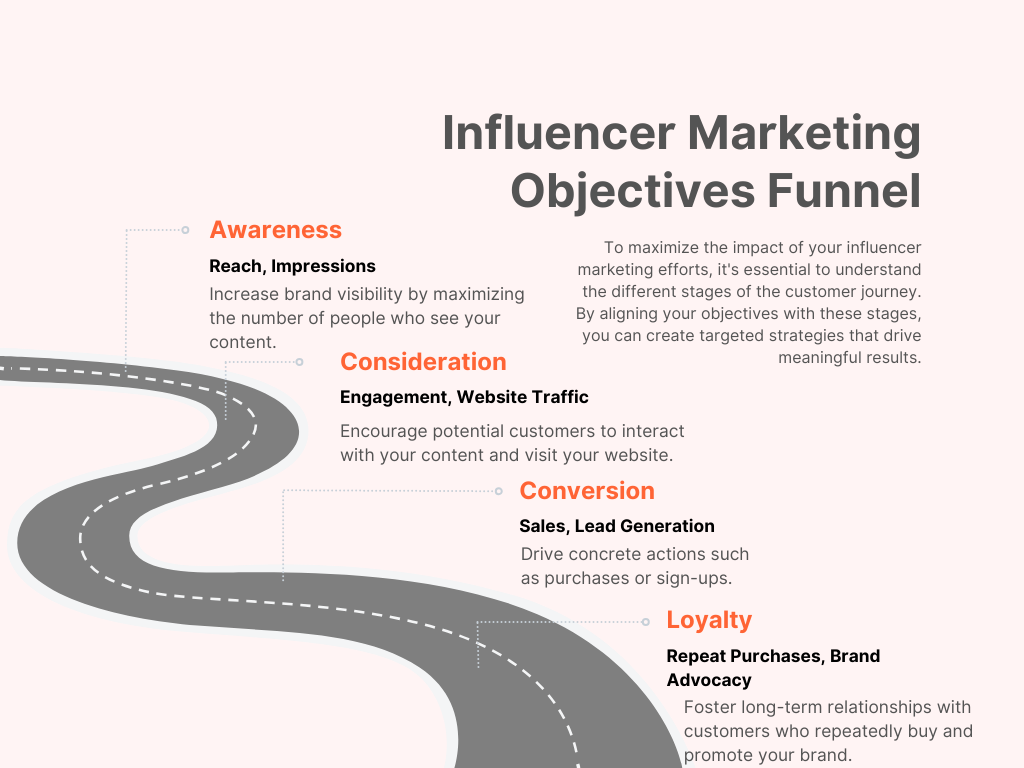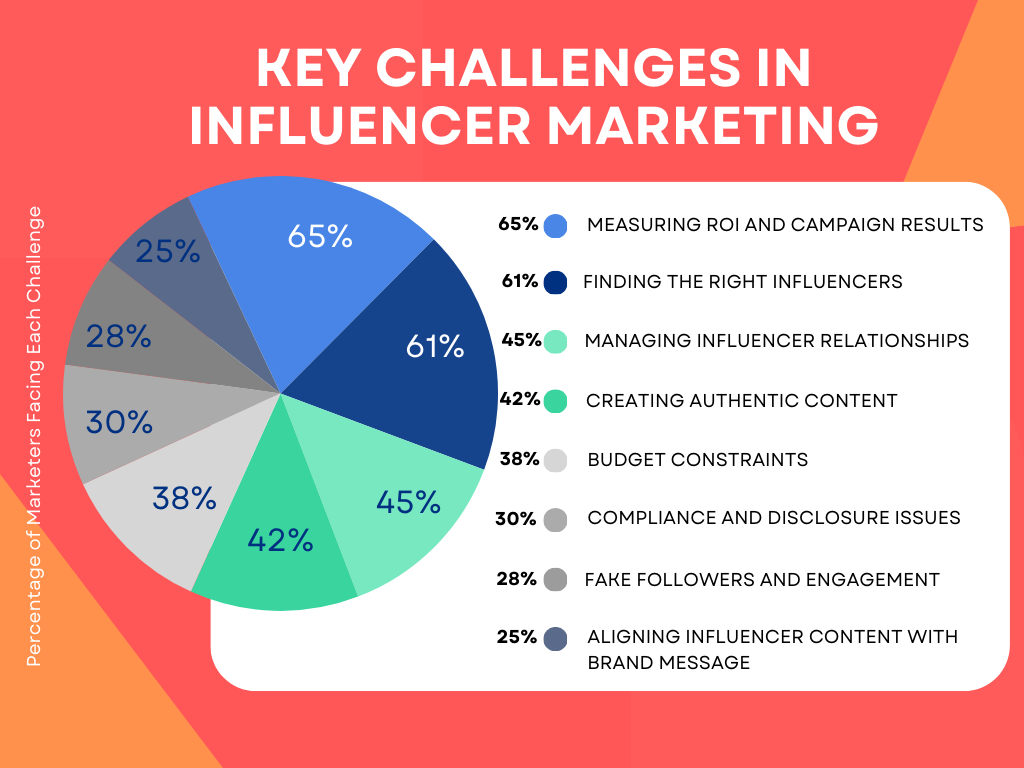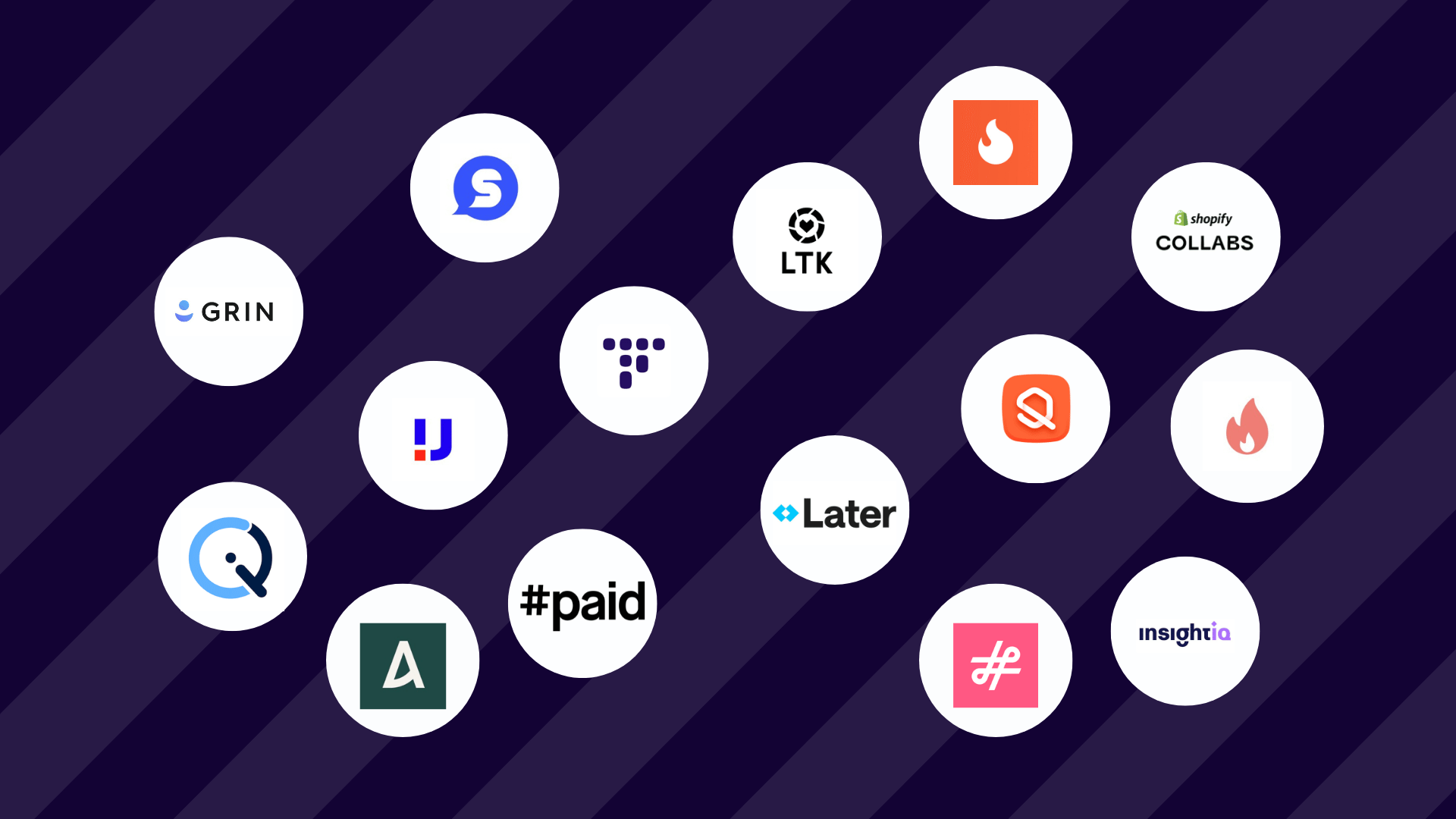Having an in-house influencer team can set your brand apart. Your team can create genuine connections with your audience by leveraging their deep product knowledge and passion. But how do you set up your in-house influencer marketing team?
In this blog, we outline 8 essential steps to build an in-house influencer marketing team to enhance your brand’s strategy and drive success.
Today, influencer marketing stands at the forefront of creating product awareness and customer outreach. Since 2015, we’ve witnessed a remarkable shift from occasional influencer outreach to full-fledged, influencer-centric marketing approaches. As influencer marketing rapidly grows, brands are finding effective ways to connect with their audience and connect with them via influencers. 93% of marketers have used influencer marketing in their campaigns, highlighting its widespread adoption and effectiveness.
“Influencer marketing is not just a trend. It’s a fundamental shift in how brands connect with consumers,” says Neil Patel.
Based on our experience, we’re here to guide you through creating an in-house influencer marketing team that will elevate your brand’s approach and impress your clients.
Step 1: Understanding the Importance of Inhouse Influencer Marketing
Influencer marketing has grown exponentially in recent years, with brands recognizing its power to connect with audiences authentically. In the recent study we did, the influencer marketing industry is set to grow at approximately 25% CAGR, soaring to INR 2,344 Cr in FY 24 and expected to reach INR 3,375 Cr market in FY 28, highlighting its significance in modern marketing strategies.
Influencer Budgets on Par with Social Media Spends
Influencer budgets now rival social media spending, marking a significant shift in marketing priorities. Between 2014 and 2020, India saw a surge from fewer than 10 influencer marketing agencies to over 140, highlighting the industry’s explosive growth.
Creator’s Content Gains More Reach Than Brand Content
Creator content consistently outperforms brand content in both reach and engagement. On average, influencer posts reach twice the audience of similar brand pages, with creator pages boasting a 4.4% engagement rate compared to the brand’s 2%.
Storytelling is so influential because it goes back to why people follow influencers — they find their lives interesting and want to know more. Personal connection is very important.” – Samira Farivar
Brands Shifting to Relationship Approach from Campaign-Led Approach
Moreover, top brands are moving away from one-off campaigns towards building lasting relationships with influencers, focusing on long-term advocacy rather than short-term promotions.

Step 2: Key Skill Sets to Build Your In-House Influencer Marketing Team
You’ll need to assemble a group of specialists, to build an effective in-house influencer marketing team.
| Role | Responsibility | Key Skill |
| In-house Influencer Marketing Strategist | Ensures that influencer campaigns are legally compliant and ethically sound, preventing potential PR crises | Strategic thinking |
| Campaign Planner | Conducts thorough risk assessments and contingency planning to anticipate and mitigate potential campaign disruptions | Resource management |
| Outreach Manager | Maintains meticulous records of all influencer interactions to ensure accountability and transparency | Relationship building |
| Analytics & Insights Manager | Regularly audits data sources for accuracy and integrity to prevent misguided strategy | Data analysis |
| Creative Manager | Ensures all content adheres to brand guidelines and regulatory standards, avoiding potential legal issues | Visual storytelling |
Step 3: Decide on Team Structure and Hierarchy for the Modern Market
Choose between two primary structures:
| Decentralized, Independent Team | Cross-Functional Team |
| Operates fully independently
High ownership and sniper approach Challenges: Finding the right skill set |
Enabled within existing teams
Low set-up cost Challenges: Less ownership and consistent training requirements |
Consider hybrid model which combines elements of both decentralized and cross-functional teams. It offers high ownership and flexibility while leveraging existing resources. This model balances the benefits of specialization and collaboration, ensuring efficient and cohesive influencer marketing efforts.
Step 4: Implement Tools and Software
Discovery
Utilize advanced tools designed to identify the most suitable influencers for your campaigns. Tools that help you balance relevancy and objectives by allowing you to filter influencers based on demographics, audience engagement, content style, and alignment with your brand’s values. This ensures you partner with influencers who can effectively reach and resonate with your target audience.
Outreach
Adopt efficiency tools that streamline the entire outreach process. Tools that automate repetitive tasks such as sending personalized emails, and managing influencer communications. Which enables you to maintain consistent and professional interactions, saving time and reducing the risk of errors. With streamlined outreach, you can focus more on building genuine relationships with influencers.
Reporting
Implement comprehensive reporting tools that analyze campaign performance across various social media platforms. Tools that track key performance indicators (KPIs) such as reach, engagement, conversions, and ROI. And provide detailed insights into what is working and what needs improvement, allowing you to make data-driven decisions and optimize future campaigns for better results.
Explore AI-powered platforms like Qoruz, which offers all-encompassing solutions for influencer discovery, outreach, and reporting, all within one app.
Step 5: Set Clear Objectives and Strategies: Redefining ROI in the Influencer Marketing Industry
Objective Setting
- Influencer Marketing: Foster strong relationships with influencers to create authentic brand advocates who can genuinely connect with their followers. This engagement builds a loyal fan base, enhancing the brand’s credibility and trust among the target audience.
- Social Media Marketing: Interact and engage the audience, prompting them to take desired actions. This includes precise targeting and continuous monitoring to ensure the best possible outcomes from marketing investments.
- Performance Marketing: Implement strategies that focus on optimizing ad performance to achieve specific business objectives. This includes precise targeting and continuous monitoring to ensure the best possible outcomes from marketing investments.

Strategy Development
- Influencer Marketing: Think off-channel, focusing on originality in storytelling and creative rendition. This approach enhances the authenticity and impact of the influencer’s content.
- Social Media Marketing: Think on-channel, focusing on brand-oriented content. This on-channel focus helps maintain brand consistency while effectively reaching and engaging the audience.
- Performance Marketing: Contextual content across the web, chasing audience with call-to-action. This approach ensures that your marketing efforts are timely and relevant, effectively capturing audience interest and driving conversions.
Step 6: Focus Areas for In-House Influencer Team
Key roles of an In-House Influencer marketer:
1. Trends: Understanding UGC trends, platform trends, and seasonal trends. Understanding these trends allows your team to create timely and relevant content that resonates with your target audience and keeps your brand ahead of the curve.
2. Associations: Build a network of influencers using sponsored and barter associations. Cultivating strong relationships with influencers ensures that your brand is represented authentically and effectively across different channels, enhancing credibility and reach.
3. Analytics: Conduct pre and post-campaign analytics for direction and evaluation. This involves analyzing key metrics to understand what works and what doesn’t, allowing for continuous improvement and optimization of your In-House influencer marketing efforts.
Step 7: Choose the Right Team Model That Aligns With Your Brand
Choosing the right team model is important for meeting your brand’s needs, whether opting for a dedicated influencer team or a shared ownership model, each offering distinct advantages and challenges.
| Aspects | Dedicated Influencer Team | Shared Ownership |
| Pros
Cons |
High ownership, less effort on training, sniper approach.
Finding the right skill set. |
Low/zero set-up cost.
Less ownership, shotgun outcome, and consistent training required. |
Step 8: Tackle Obstacles and Build a Resilient In-House Influencer Marketing Team

Foundational Pointers
1. Adopt New Methods: Be open to new tricks, technology, and processes. Encourage your team to experiment with innovative tools and methods, such as advanced analytics software or new social media platforms. Regularly update your strategies to incorporate the latest trends and technologies, ensuring that your marketing efforts remain cutting-edge and effective.
2. Budget Accessibility: Ensure budget control is flexible. Allocate a portion of your budget to allow for spontaneous opportunities or necessary adjustments. This could mean investing in a promising influencer at short notice or adapting campaign strategies based on real-time performance data. Providing your team with the ability to manage and reallocate funds as needed can significantly enhance the agility and effectiveness of your campaigns.
3. Storytelling First: Prioritize storytelling over brand penetration. Encourage influencers to share genuine, relatable stories that connect with their audience on a personal level. This approach not only builds trust but also fosters a deeper emotional connection with your brand. By prioritizing storytelling, you create a more engaging and memorable experience for your audience, leading to stronger brand loyalty and advocacy.
4. Avoid Herd Mentality: Resist the urge to follow industry norms blindly. Instead, foster a culture of innovation like brainstorming sessions and out-of-the-box thinking to develop unique marketing strategies. By daring to be different, you can create distinctive campaigns that capture attention and drive unique results.
Getting Early Success
1. Less Outsourcing: Reduce dependency on third-party IM agencies. This approach ensures greater control over campaign execution and alignment with your brand’s vision. Invest in training and development to build your team’s expertise, enabling them to handle all aspects of influencer marketing, from strategy and execution to analysis and optimization.
2. Proving Early Success: Demonstrate quick wins to justify the in-house team setup. These early successes can help build confidence among stakeholders and justify further investment in your in-house team. Highlight these achievements through detailed reports and presentations, showcasing the positive impact on your brand’s overall marketing strategy.
3. Open to Feedback and Adapt: Be open to feedback, willing to adapt, and make changes based on constructive criticism will lead to more successful campaigns and a more resilient marketing team. Regularly review performance metrics and conduct post-campaign analysis to identify areas for improvement and optimize future efforts.
Build Your Winning In-House Team
Building an in-house influencer marketing team is a strategic move that can significantly enhance your brand’s digital presence and engagement. By understanding the needs, building the right skill sets, and adopting flexible team structures, agencies can create effective and efficient influencer marketing practices.
With the right approach and tools, an in-house team can deliver consistent results, improve brand strategy, and streamline vendor associations. Remember, the key to success lies in authenticity, adaptability, and a deep understanding of your audience.




Leave a Comment